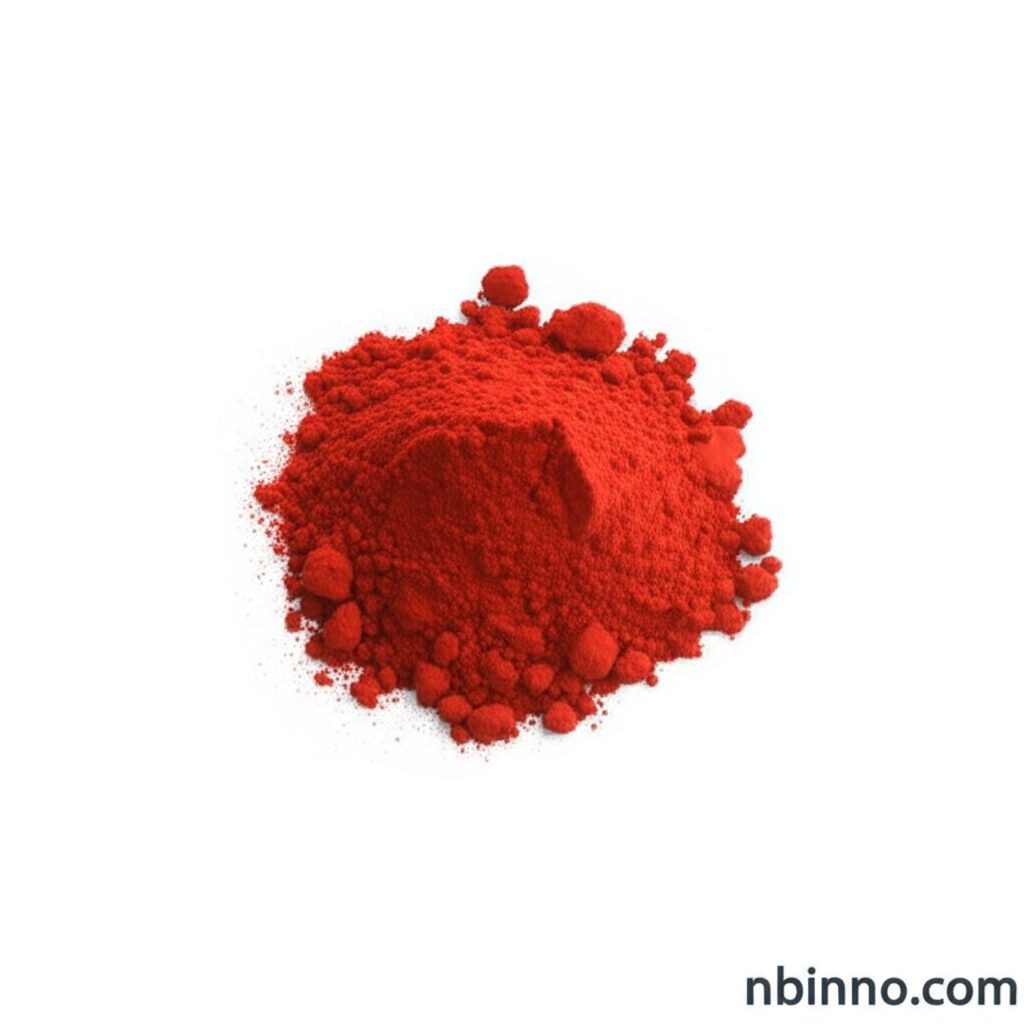Advancing Organic Photovoltaics: Synthesis and Solvent Effects on Conducting Hexathienylbenzene-co-Poly(3-Hexylthiophene) Star-Branched Copolymers
Explore the synthesis and performance optimization of advanced conducting polymers for organic solar cells. Discover how solvent choice critically impacts the efficiency and properties of star-branched copolymers like HTB-co-P3HT, paving the way for next-generation organic photovoltaic devices.
Get a Quote & SampleProduct Core Value

Hexathienylbenzene-co-Poly(3-Hexylthiophene-2,5-diyl)
As a leading supplier in China, we provide high-quality Hexathienylbenzene-co-Poly(3-Hexylthiophene-2,5-diyl) (HTB-co-P3HT), a novel star-branched copolymer designed for cutting-edge organic photovoltaic (OPV) applications. This material leverages the unique properties of conjugated polymers to enhance solar energy conversion. Our commitment to rigorous quality control ensures that you receive a product that meets the demanding standards of advanced materials research and development.
- Synthesize advanced organic semiconductor materials for OPVs: Our HTB-co-P3HT is synthesized via oxidative co-polymerization, offering a unique star-branched architecture crucial for efficient charge transport in solar cells.
- Investigate the effect of solvent on organic solar cells: This research demonstrates how solvent selection during synthesis significantly influences the morphology, energy levels, and ultimately the performance of organic electronic devices, providing valuable insights for material processing.
- Achieve optimal performance with polythiophene chemistry: Leveraging the known benefits of polythiophenes, our HTB-co-P3HT copolymer is engineered to enhance the photovoltaic properties, making it a key component for developing efficient solar energy solutions.
- Optimize solvent for organic electronics: The study highlights the critical role of solvent choice, with chlorobenzene yielding the highest power conversion efficiency, underscoring the importance of solvent optimization in achieving peak performance for novel energy harvesting materials.
Advantages Offered
Enhanced Photovoltaic Performance
Our HTB-co-P3HT copolymer offers improved charge carrier mobility and tunable optoelectronic properties, contributing to higher power conversion efficiencies in organic solar cells, a key aspect of advanced solar cell materials.
Tailored Material Properties
Through precise synthesis and careful solvent selection, we enable the fine-tuning of material properties, crucial for researchers working on novel energy harvesting materials and organic semiconductor synthesis.
Facilitates Research & Development
This material serves as an excellent platform for investigating the complex relationships between polymer structure, processing solvents, and photovoltaic device performance, accelerating progress in polythiophene chemistry.
Key Applications
Organic Photovoltaics (OPVs)
Utilize our HTB-co-P3HT as a donor material in the active layer of OPVs to enhance light absorption and charge generation, a critical step in developing efficient solar energy solutions.
Organic Electronics
Explore its potential in various organic electronic devices, benefiting from its conducting polymer properties and structure, ideal for advanced materials research.
Polymer Solar Cell Research
Investigate the impact of its unique star-branched structure on charge separation and transport, furthering understanding in polymer solar cell research.
Material Science Innovation
Apply this copolymer in material science to develop novel functional materials with tunable electronic and optical properties, supporting advancements in novel energy harvesting materials.
